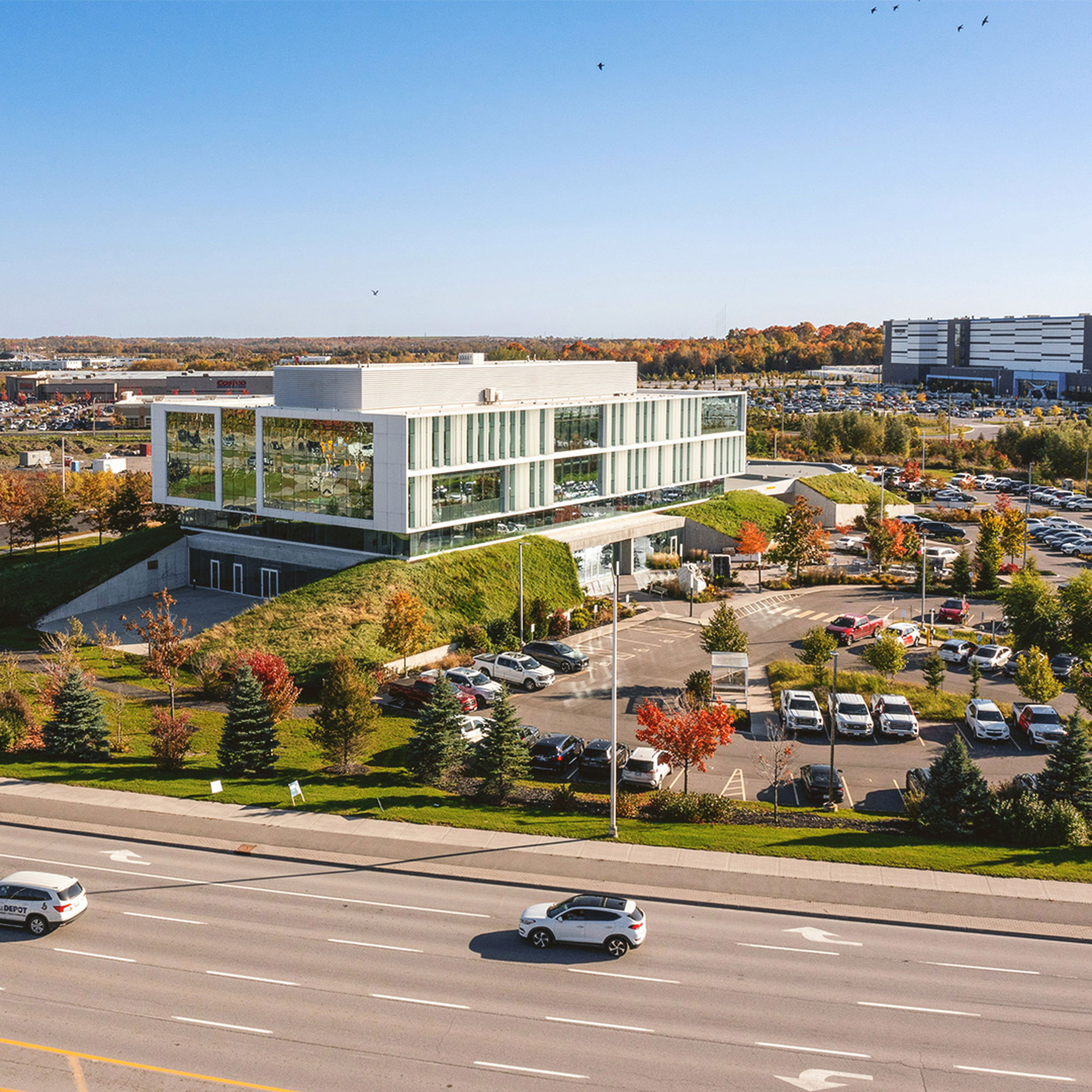Commercial insurance rates were on the rise long before the recent wildfires in California, Oklahoma, and North Carolina, and depending on such factors as location, loss history, age and condition, few, if any, carriers are returning to the habitational market, nationally.
This continued decline in habitational coverage is due to several factors below:
- Aging building stock poses greater risks due to the susceptibility to mold growth and a lack of modern fire suppression systems, leading to substantial structural damage and costly repairs. [1]
- The impact of climate change on coastal regions like Florida, Texas, and California is driving premiums to new levels. (High-risk states could see their average monthly insurance rates nearly double from $3,077 to $6,062—a 10.2% CAGR by 2030.[2])
- Increasing maintenance costs, especially basic services such as appliance repairs, painting, and general maintenance. (In 2024, repair expenses rose by 13.7% with a median cost of $950 per unit.[3])
- The threat of vandalism and malicious mischief for single-unit industrial buildings during periods of vacancy.
- A rise in habitability lawsuits, now at epidemic levels, leading insurance companies to reconsider insuring some properties due to the exorbitant cost and complexity of claims, making coverage difficult, sometimes even impossible, to find.
Remember, losses affect a business for five years. Building owners must adopt a proactive, holistic approach to risk mitigation to protect their properties. That said, there is good news on the horizon. The insurance industry is predictably cyclical. Despite all the disasters, runaway legal verdicts on habitational exposures, we are entering a period of rate stabilization, and in warranted cases, rate reductions with residential habitability being the exception.
5 Best practices for building owners and operators to mitigate risks
It’s not too late to evaluate your risk management strategies and optimize them for 2025. Follow these best practices to safeguard your assets and position your properties for success:
Proactive risk management and risk transfer- Minimize your property’s risk by maintaining comprehensive, effective insurance coverage. Work closely with your insurance professional to secure policies that address today’s risks, including aging buildings and climate events.
For habitational properties, prioritize regular safety inspections of key systems, including railings, sprinklers, and fire extinguishers. Require fire extinguishers in kitchen areas and periodically test nearby fire hydrants.
Contingency planning is equally crucial. Prepare for potential challenges that could impact your property, such as market fluctuations, tenant vacancies, and climate-related disasters.
Keep your property clean and well-maintained- Curb appeal attracts tenants while reducing your overall risk. Regularly inspect your property for maintenance needs, both internal and external. Take notes on items that need to be repaired or replaced, such as any exterior painting, signage, landscaping, and roofing or parking lot conditions.
Addressing any potential issues with urgency—rather than putting them off—prevents expensive or complicated repairs and protects your investment long-term.
Hire a great property manager- The value of a motivated, reliable, and skilled property manager cannot be overstated.
Look for professionals who understand the role demands and demonstrate leadership in improving the lives of tenants. Your ideal property manager should be organized, business-savvy, and committed to addressing tenant needs promptly. Avoiding habitability losses with rapid responses to grievances, and written confirmation from the tenant of satisfaction is important.
Join industry organizations- Strengthen your business strategy and reduce risk by joining industry associations. Member benefits often include access to value-priced insurance, continuing education, marketing help and more. Think: exterminators, property managers, and other connections that can reduce your building risk.
Keep open lines of communication with your broker- Risk reduction requires future-focused planning. Brokers are trained to plan five years ahead, making them the ideal resources for your building’s long-term success. Reach out to them frequently for advice and run scenarios past them.
For instance, brokers have long advised against carport installations due to earthquake risks and water damage. This is exactly the type of practical insight that can help prevent costly mistakes and keep you protected for the foreseeable future.
Finally, consider working with local lawmakers toward establishing legislation that will restrict and clearly define what is and is not a legitimate habitability claim. While all of the above tips will help building owners mitigate potential risks amid rising insurance costs, the rise in habitability claims helps neither building owners nor renters looking for a habitable—and affordable—place to live. Legislation should strengthen habitability standards and guarantee tenants’ rights but also provide landlords with guidance and resources to comply, as well as rules for enforcement.
_______________
[1] EPA, “Mold Course, Chapter 2,” accessed January 6 2025.
[2] Deloitte, “Climate change impacts elevate US commercial real estate insurance costs,” May 29 2024.
[3] NAA, “Challenging Times for the Rental Housing Industry,” December 13 2023.
























